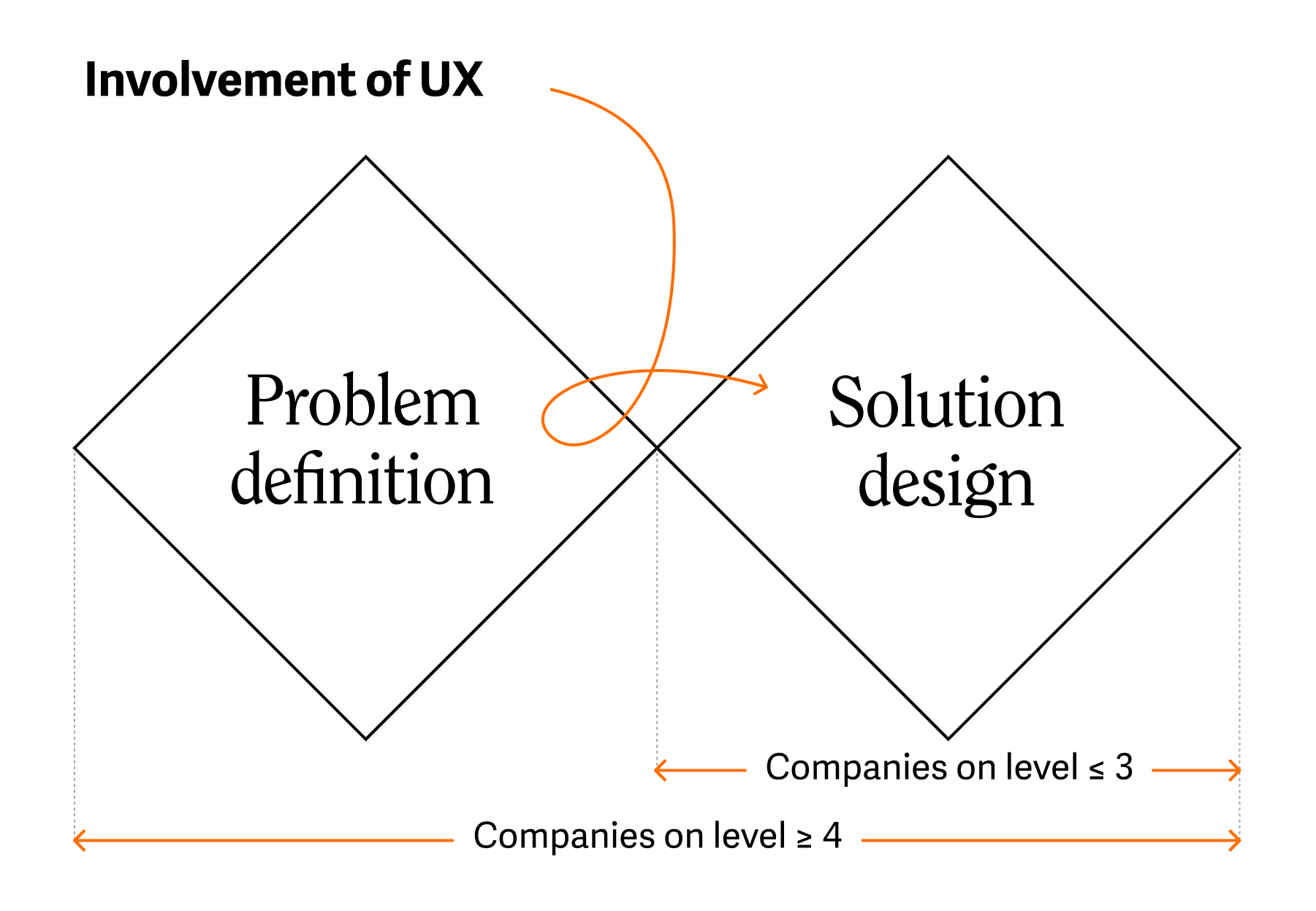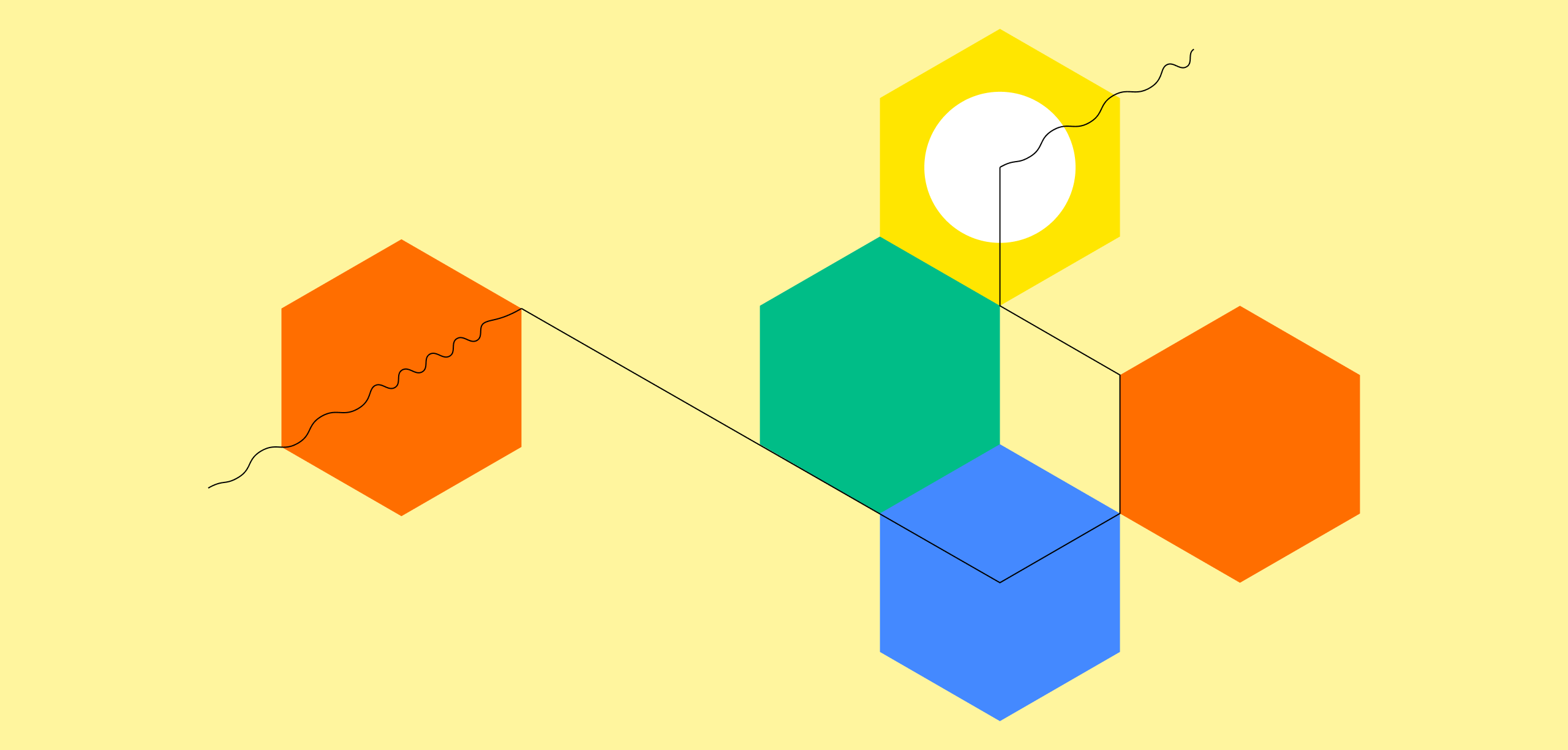Inquisitive mind? Subscribe to our LB* Insights newsletter. No fluff, just stories to make you think.
In my previous post I explained a system that you can use to assess to what extent your company is customer-oriented. I have noticed stakeholders inside companies oftentimes assess this stage by how much work is done on UX projects. In reality, it’s not about the amount of time dedicated to UX research but how the data from these activities are used and interpreted.
We do UX and that’s good enough for us
Overestimating customer orientation is usually noticed during transition from stage 3 to stage 4 (see Stages of customer orientation). Companies in stage 3 are characterized by using UX principles daily to design their products and services. They collect feedback from prototype testing and use that to improve the usability. That leaves them thinking they are customer oriented.
Yet, product decisions are still made behind closed doors by a small number of people, usually product managers, owners or stakeholders. UX methodologies are only a part of implementation, not really a part of project specification. It is not unusual that UX and PM professionals disagree on things which results in confusion and inefficiency.
UX research teams point out problems that cannot be solved by design change. They require changes to be made on product level or in business processes. Those insights are collected, usually repeatedly mentioned in presentations but have almost zero impact.
Heureka!
Heureka happens once the data from UX research finds its way to forums where business decisions are made. When product owners use customer data to make informed decisions about products and services, the company quickly transitions to stage 4 and becomes more focused on customer needs.

Change in company’s DNA
This process enables a shift in the company's priorities. Project or feature that seemed essential before can easily lose much of its importance because it is not that interesting for the user. This way the company becomes more customer-oriented and starts prioritizing different tasks.
Suddenly, product owners are more invested in customer needs and wants, hence they require more research capacities. Since customers’ needs are usually tied to online space, product owners that were used to the offline world now have to think digitally. This leads to change in organizational structure. Need for collaboration creates space for new multidisciplinary teams that involve different roles and stakeholders. Ultimately, this leads to fulfillment of customer needs.
Did you find this interesting? It's from our LB* Insights newsletter. Give it a try.


